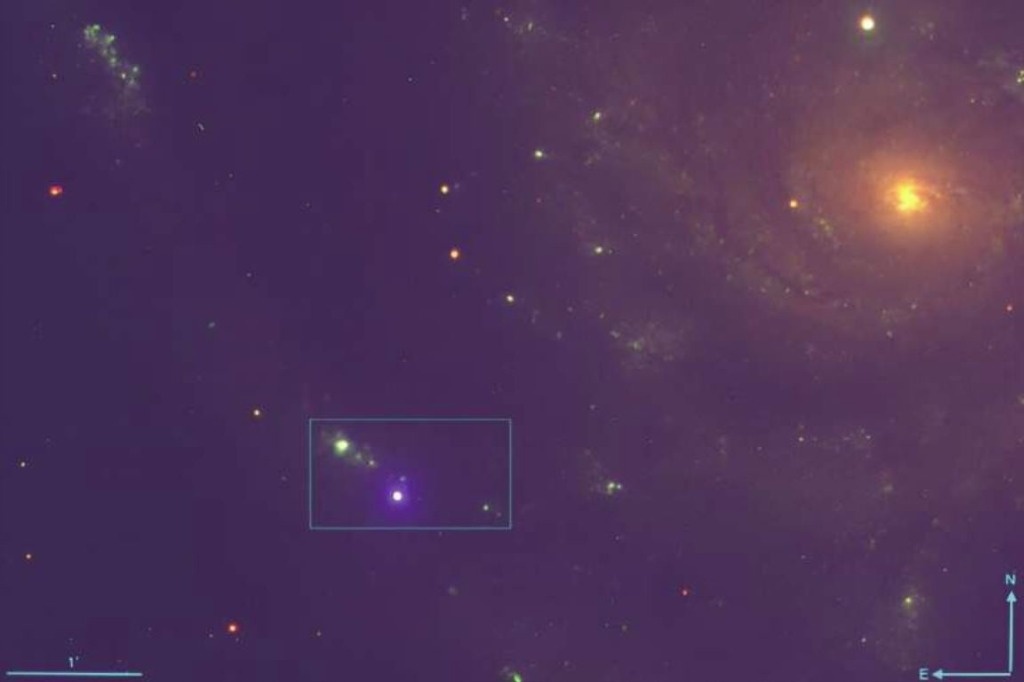Rehovot. About 20 million years ago, in a galaxy not far away, a large star exploded and sent elements representing the building blocks of life across space.
About a year ago, by chance, when the light it emitted reached Earth, a team of scientists in Israel observed it and for the first time collected data on the early stages of such an explosion, known as a supernova.
The picture they are creating offers a detailed look at the origins of crucial elements around us, such as the calcium in our teeth and the iron in our blood.
“We are actually watching the cosmic furnace in which the heavy elements form, as they form. We are watching it as it happens. This is really a unique opportunity,” said Avishay Gal-Yam, an astrophysicist at the Weizmann Institute of Science.
The findings, published this Wednesday in the journal Naturealso indicate that the giant star, located in a neighboring galaxy called Messier 101, probably left a black hole after its explosion.
An amateur astronomer who was observing that galaxy warned researchers that something seemed to be happening. They quickly trained their ground-based telescopes on the star and began documenting the early stages of the explosion.
The team, which included doctoral student and lead author of the study Erez Zimmerman, contacted NASA, which changed its schedule and pointed the Hubble Space Telescope toward the supernova. This allowed early-stage observation of ultraviolet light from the explosion, which is blocked by the atmosphere and is not captured on Earth.
Along with trace elements such as carbon, nitrogen and oxygen ejected into space, the ultraviolet data showed a discrepancy between the star’s initial mass and the mass it ejected into space during the explosion.
“We suspect that after the explosion there was a black hole left, a newly formed black hole that wasn’t there before. It’s the remnant of the explosion. A little bit of the star’s mass collapsed toward the center,” Gal-Yam said.
Black holes are extraordinarily dense objects with gravity so strong that not even light can escape.
Having created a kind of fingerprint of the supernova from start to finish, Gal-Yam said it could help scientists identify imminent supernovae elsewhere.
“Maybe in the next few years we will be able to say, not for all stars, but maybe for some of them, this star that we believe, we suspect, is going to explode,” Gal-Yam added.
#Scientists #record #stages #supernova
– 2024-04-06 03:41:17
